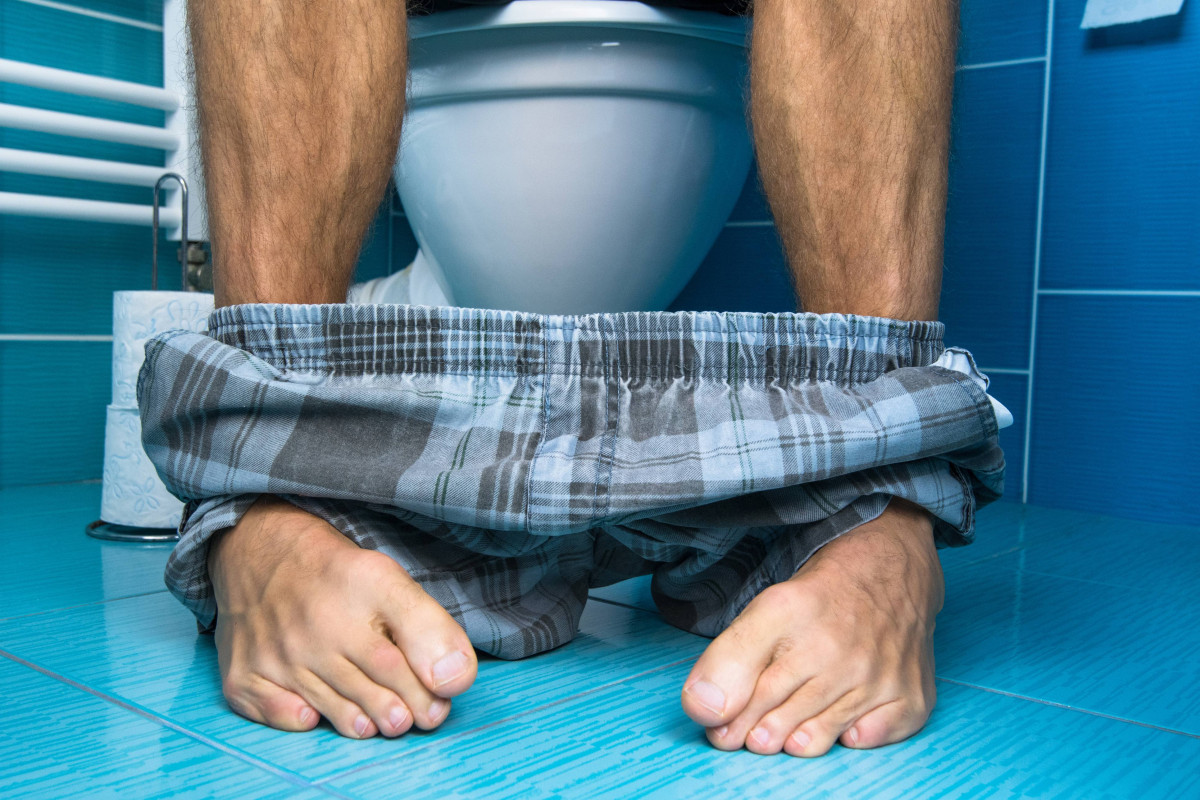
Do you find yourself waking up more than once a night to go to the toilet? Are you visiting the men’s room more than every 2 hours during the day? Do you ever get the sudden uncontrollable urge to rush to the bathroom RIGHT NOW?
You may have what is known as Overactive Bladder Syndrome (OAB). OAB is relatively common, with figures from the Australian Urological Society estimating that approximately 16% of Australian men have the condition. Given that most men don’t freely discuss their bladder habits even with their doctor, the prevalence of OAB may in fact be much higher than this!
Overactive Bladder is characterised by a number of common symptoms. Some people with OAB may have all of them, and some may only have one or two. These symptoms can include:
- Urinary Frequency– Needing to pass urine more than 8 times in a 24 hour period
- Nocturia– Waking twice or more at night to pass urine
- Urgency– A sudden, compelling desire to void that is difficult to defer
- Urge-related Urinary Incontinence– involuntary leaking of urine associated with being unable to make it to the bathroom when strong urgency sensations occur
Overactive Bladder can have a significant effect on quality of life. Many men with this condition tend to report:
- Significantly less work productivity
- Less sexual satisfaction and more erectile dysfunction
- Higher rates of depression
- Significantly poorer mental health
- Poorer quality of sleep
OAB and Prostate Enlargement
One of the most common causes of OAB in men is enlargement of the prostate. The prostate tends to double in size between the ages of 21 and 50 years, and almost doubles again in size between the ages of 50 and 80 years.
The normal male bladder should hold between 500-600ml. The urethra carries the urine from the bladder directly through the centre of the prostate, so this increased prostate size results in a significant increase in resistance to urinary flow. In response to this increase in resistance, the bladder squeezing muscle (Detrusor) gets stronger as it has to do more work. Over time, the overactive detrusor muscle loses some of its natural elasticity, and the bladder no longer fills like a balloon. As the bladder stretches less and less, its capacity can decrease significantly (down to less than half of its previous size) resulting in increased frequency of urination, and increased urgency.
Other Causes of Overactive Bladder
Other factors unrelated to prostate enlargement can also lead to symptoms of OAB. These can include significant health conditions such as stroke or Parkinson’s disease, as well as other issues such as urinary tract infections, bladder stones, some medications or high levels of alcoholic or caffeinated beverage consumption.
Physiotherapy Management of OAB
Once a doctor has made a diagnosis of OAB, and ruled out any other significant health concerns, a course of treatment with a men’s health physiotherapist can make a significant difference to the symptoms of OAB.
Physiotherapy treatment can include
- Assessment of urinary frequency urgency and continence
- Real-Time Ultrasound pelvic floor muscle training
- Bladder management techniques for urgency and frequency management
- Guidance regarding appropriate fluid intake and voiding strategies to improve bladder capacity
With appropriate management, many men can achieve increased bladder capacity, decreased frequency of voiding and the ability to control their urge sensations effectively.
Give us a call if you think a men’s health physiotherapy consult may be helpful for you.
References
- Pelvic floor muscle training for overactive bladder symptoms. Fitz et al 2017. Rev Assoc Med Bras 2017 Dec;63(12):1032-1038
- Gormley EA, Lightner J, Burgio K, et al. Diagnosis and treatment of overactive bladder (non-neurogenic) in adults: AUA/SUFU guideline. American Urological Association, 2012. Available at www.auanet.org/content/clinical-practice-guidelines/clinical-guidelines.cfm#2.
- Urological Society of Australia & New Zealand https://www.usanz.org.au/overactive-bladder-treatment/








